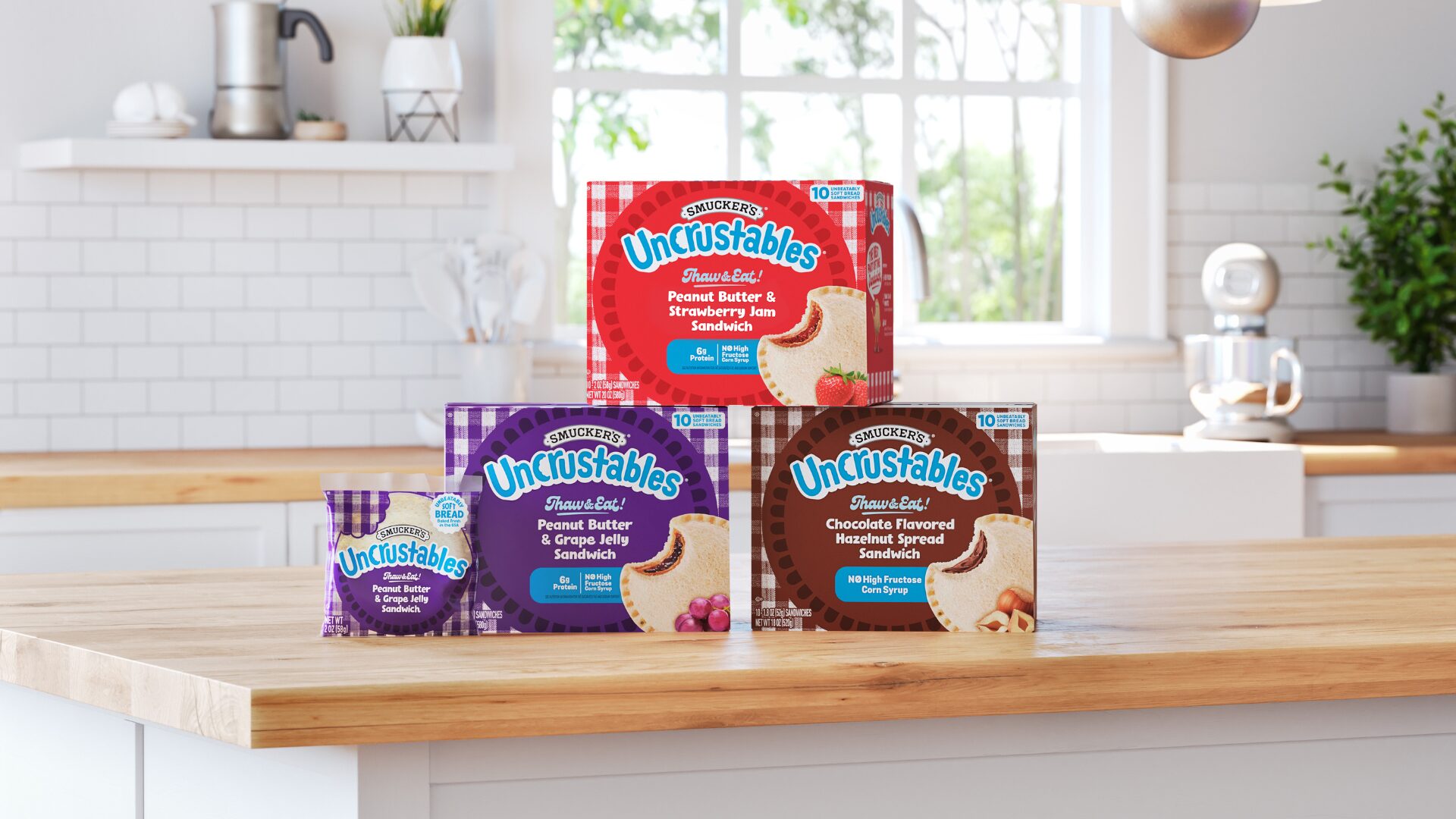Walmart recently posted strong quarterly sales growth and boosted its profit outlook, as comparable sales increased 6% for U.S. stores, excluding fuel, according to Bloomberg (May 18). The retailer attributed the strong performance to a trend economists are calling “revenge spending.”
Revenge spending – i.e. increased spending and pent-up demand after a year in lockdown – along with more vaccinations and business reopenings, is expected to fuel higher retail sales in coming months. Here’s a look at all the factors at play:
RECOVERY QUICKENS AS RETAIL SALES RISE
Economic data shows that some parts of the economy, like retail sales, are returning to or exceeding pre-pandemic levels, reported Bloomberg. The rebound reflects a wave of business reopenings, increased vaccination rates, and a new round of stimulus checks.
The 9.8% increase in March retail sales was the second largest in government data since 1992, with all categories posting gains. The total value of retail receipts in each category, with the exception of restaurants, are above where they were in February of last year.
“With consumers still sitting on a pile of accumulated savings combined with the expected reopening of the service economy this summer, our forecast looks for a consumer spending boom this year that will rival any in living memory for most Americans,” said Tim Quinlan and Shannon Seery, economists at Wells Fargo Securities, as reported by Bloomberg.
PERSONAL INCOMES SOAR
Spared by a third round of pandemic-relief checks, U.S. personal incomes were up in March along with spending.
The 21.1% surge in incomes followed a 7% decline in February, according to Commerce Department figures. Additionally, purchases of goods and services increased 4.2%, the most since June. Gross domestic product expanded at a 6.4% annualized rate in the first quarter, driven by the second-fastest pace of personal consumption since the 1960s.
CAN REVENGE SPENDING LEAD TO INFLATION?
As consumer spending increases, some worry that inflation is on the horizon. The U.S. Bureau of Labor Statistics reported earlier this week that consumer prices rose 0.8% in April from March, four times the median expectation and the most since 2009.
In addition, shortages, transportation bottlenecks, and price spikes are nearing the highest levels in recent history, raising concern that the global economy will stoke inflation.












